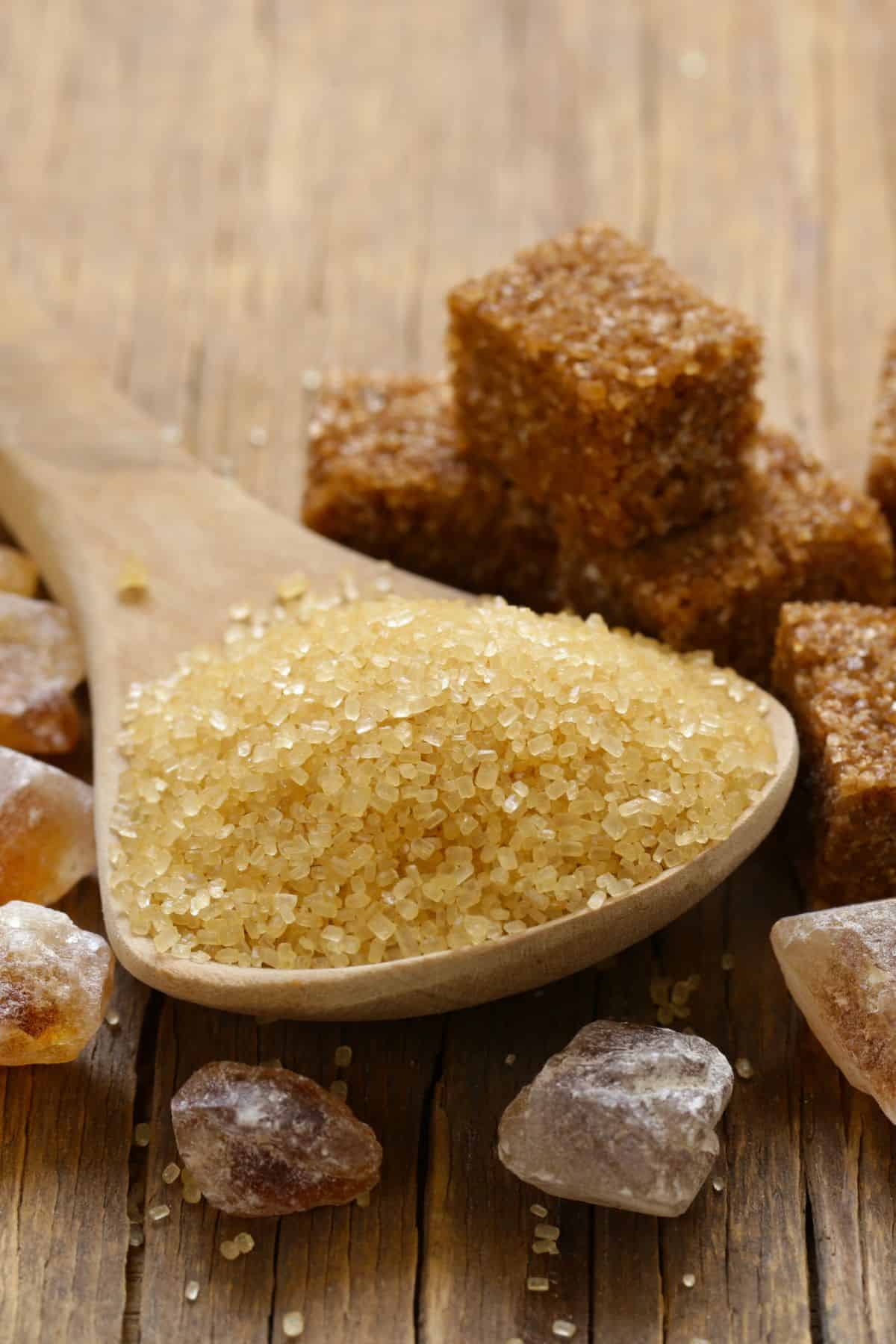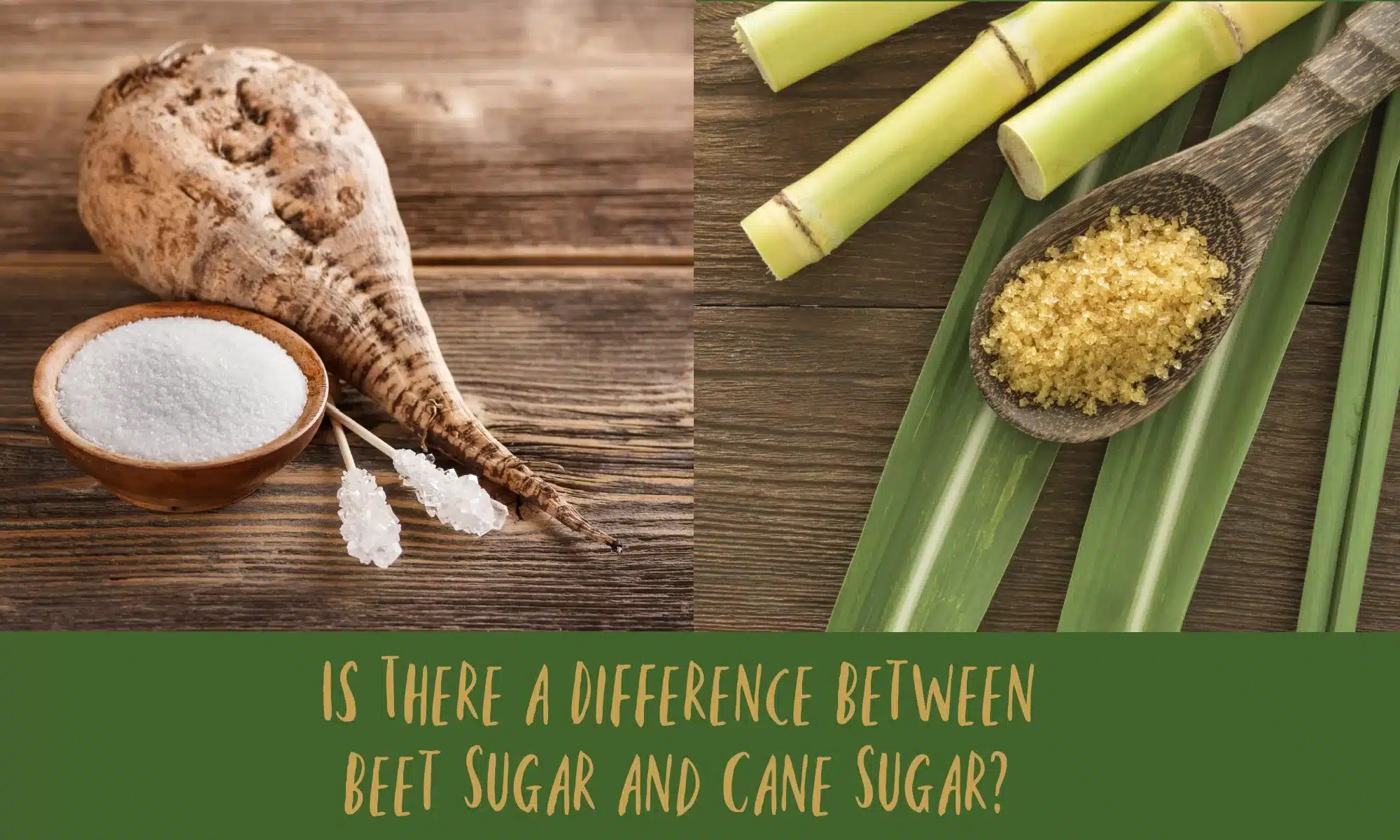Why Walking Cane Sugar Processing Chemicals Are Vital for Modern Sugar Refining
The function of walking cane sugar processing chemicals in modern-day sugar refining can not be overstated, as they are indispensable to enhancing both the effectiveness of extraction and the total quality of the final product. Representatives such as phosphoric acid and specific flocculants are utilized to remove impurities, leading to sugar that not just meets consumer assumptions however additionally adheres to market criteria. However, the ramifications of these chemicals prolong past quality, touching upon market dynamics and ecological factors to consider. This raises crucial inquiries about the sustainability of such practices and their influence on the future of sugar production.
Role of Processing Chemicals
The effectiveness of walking stick sugar handling pivots substantially on the strategic application of processing chemicals. These chemicals play a crucial duty in boosting the performance and quality of sugar extraction and refining. From the initial stages of juice extraction to the last purification actions, handling chemicals facilitate various vital operations.
In the extraction stage, chemicals such as phosphoric acid and calcium hydroxide are utilized to optimize the explanation procedure, assisting to remove contaminations and put on hold solids from the walking stick juice. This not only boosts the return but also ensures the quality of the end product. Additionally, representatives like flocculants help in the fast settling of pollutants, thus improving the general process.
Activated carbon and ion exchange resins serve to get rid of color and odor, ensuring that the polished sugar meets customer quality requirements. Thus, the thorough choice and application of these chemicals are essential for achieving ideal results in walking cane sugar processing.
Secret Kinds of Chemicals
Cane sugar processing counts on a variety of crucial chemicals that promote each stage of production. These chemicals play essential functions in making clear, bleaching, and purifying the sugar extracted from walking stick.
One key group of chemicals includes flocculants, such as polyacrylamide, which aid in the explanation process by promoting the gathering and settling of contaminations. In addition, calcium hydroxide is often employed to reduce the effects of level of acidity and aid in the elimination of non-sugar components.
Whitening agents, such as triggered carbon and sulfur dioxide, are made use of to decolorize the syrup, resulting in a clearer final item. These chemicals help get rid of shade substances that might influence the sugar's look and bankability.
In addition, phosphoric acid works as a pH regulatory authority throughout the handling phases, ensuring optimal conditions for the enzymatic activities associated with sugar extraction and filtration.
Other important representatives consist of edta (ethylenediaminetetraacetic acid), which chelates metal ions that could militarize undesirable responses, and salt hydroxide, which aids in pH control throughout the refining procedure. Jointly, these chemicals enhance effectiveness and make certain a premium walking stick sugar item.
Advantages for Sugar High Quality
Commonly overlooked, the usage of certain processing chemicals dramatically improves the overall top quality of walking stick sugar. These chemicals play a pivotal function in refining processes, ensuring that the last product fulfills strict industry criteria for purity and taste.

Additionally, refining chemicals aid in attaining a regular granulation and appearance, which are critical for customer approval. By managing the condensation process, these chemicals guarantee that the sugar crystals form uniformly, leading to a more enticing item that liquifies well in different applications.
Furthermore, the use of these chemicals can improve the shelf life of walking cane sugar by minimizing moisture absorption and microbial development. On the whole, the critical application of handling chemicals is necessary for supplying top notch walking stick sugar that satisfies customer assumptions and sector needs.
Environmental Impact Factors To Consider

Furthermore, the energy-intensive nature of sugar refining, intensified by chemical use, typically causes enhanced carbon exhausts. This adds to climate modification and elevates concerns regarding the sustainability of present refining techniques. In addition, the sourcing of these chemicals might entail techniques that intimidate biodiversity, such as monoculture farming, which lowers the resilience of agricultural communities.

To reduce these effects, sugar refiners are progressively checking out lasting choices and adopting best practices that reduce chemical usage. Executing extensive environmental administration systems can assist make sure that the refining procedure lines up with ecological requirements and advertises biodiversity. Ultimately, a well balanced technique that focuses on both sugar high quality and environmental stewardship is important for the long-term viability of the sugar industry.
Future Patterns in Refining
As the sugar industry faces the ecological challenges connected with traditional refining techniques, innovative strategies are emerging to boost both effectiveness and sustainability. One this link significant fad is the adoption of environment-friendly chemistry concepts, which prioritize using non-toxic, biodegradable handling chemicals. This change not just minimizes ecological impact yet likewise addresses customer demand for cleaner manufacturing techniques.
One more encouraging advancement is the execution of sophisticated filtration technologies, such as membrane separation and adsorption processes. These strategies enhance the clearness and high quality of the sugar while decreasing the volume of wastewater generated during refining. In addition, the integration of digital technologies, including IoT and AI, is transforming operational performance by making it possible for real-time tracking and anticipating maintenance, therefore decreasing resource waste.
Additionally, making use of spin-offs from sugar refining, such as bagasse and molasses, is gaining traction. These materials can be transformed right into biofuels or value-added products, adding to a round economic climate within the sector. Collectively, these patterns signify a shift towards even more lasting practices that not only improve functional efficiency however additionally line up with global sustainability objectives, making certain the future viability of sugar refining.
Verdict
Walking stick sugar processing chemicals are necessary in contemporary sugar refining, substantially blog improving the effectiveness and top quality of sugar extraction. The tactical usage of these chemicals not just enhances the purity and taste of the end product yet additionally guarantees constant formation and appearance. As the sector significantly prioritizes sustainability, the adoption of environmentally-friendly processing representatives is most likely to next page shape future trends in refining, eventually bring about better products and extended life span for customers.

Inevitably, a well balanced method that focuses on both sugar quality and ecological stewardship is vital for the long-term viability of the sugar market.
Cane sugar handling chemicals are necessary in modern sugar refining, significantly boosting the effectiveness and quality of sugar removal.
Comments on “Sugar and Cane: A Guide to Their Nutritional Benefits and Uses”